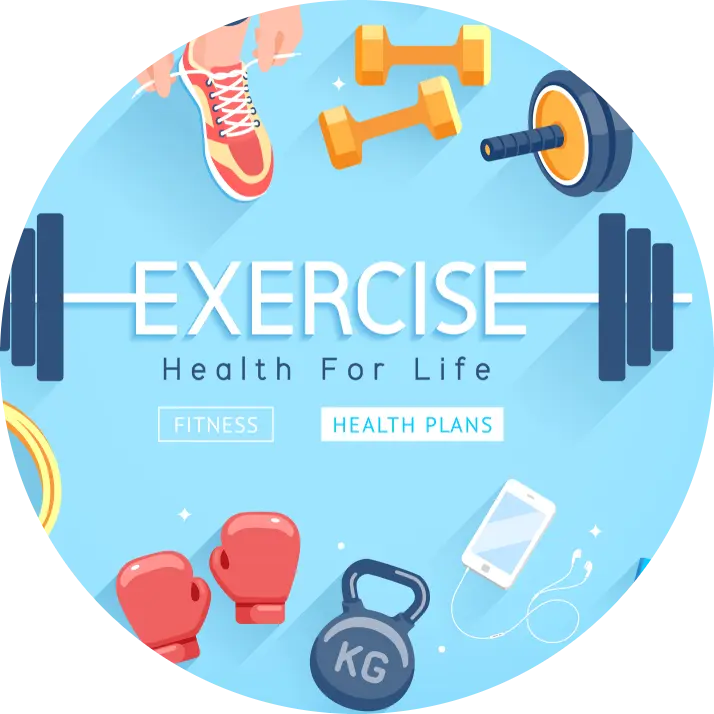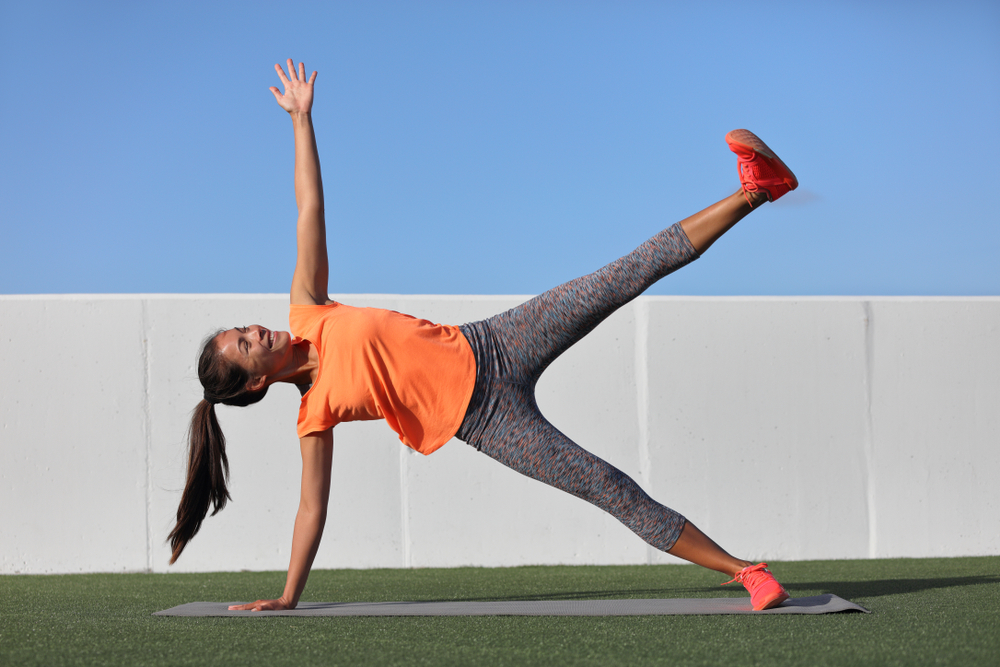Embarking on a fitness journey often brings up numerous questions, especially about the structure of workouts. One common query is whether performing three exercises per gym session is sufficient. The answer isn’t one-size-fits-all; it depends on individual goals, fitness levels, and the nature of the exercises chosen. This article delves into various factors to help you determine if three exercises per session align with your fitness objectives.
Understanding Workout Volume and Its Importance.
Workout volume refers to the total amount of work performed during a session. It’s a combination of the number of exercises, sets, and repetitions. Achieving the right volume is crucial for:
- Muscle Growth (Hypertrophy): Adequate volume stimulates muscle fibers, leading to growth.
- Strength Development: Progressive overload through sufficient volume enhances strength.
- Endurance: Higher volumes can improve muscular endurance.
However, more isn’t always better. Excessive volume can lead to overtraining, especially if recovery isn’t prioritized.
Factors Influencing the Number of Exercises Per Session.
Several elements determine the optimal number of exercises:
1. Fitness Goals.
- Building Muscle Mass: Requires targeting specific muscle groups with varied exercises.
- Improving Strength: Focuses on compound movements that engage multiple muscle groups.
- Enhancing Endurance: Involves higher repetitions with moderate weights.
2. Experience Level.
- Beginners: Starting with fewer exercises allows for mastering form and preventing injury.
- Intermediate to Advanced: May benefit from increased variety and volume to continue progressing.
3. Time Availability.
Limited time might necessitate focusing on essential, compound exercises that offer maximum benefit.
Expert Recommendations on Exercise Count.
While individual needs vary, general guidelines suggest:
- Beginners: 2 to 3 exercises per session, emphasizing full-body movements.
- Intermediate: 3 to 4 exercises, possibly incorporating split routines (e.g., upper body one day, lower body the next).
- Advanced: 4 to 6 exercises, allowing for targeted muscle group training.
These recommendations align with insights from fitness professionals. For instance, Eric Sung, a certified strength and conditioning specialist, suggests that beginners start with two or three exercises per workout to focus on mastering form and building a foundation.

Quality Over Quantity: The Role of Compound Movements.
Focusing on compound exercises—movements that engage multiple joints and muscle groups—can maximize efficiency, especially when performing fewer exercises. Examples include:
- Squats: Target quads, glutes, and core.
- Deadlifts: Engage the back, glutes, and hamstrings.
- Bench Press: Works the chest, shoulders, and triceps.
Incorporating these movements ensures comprehensive muscle engagement, even with a limited number of exercises.
Structuring a Three-Exercise Workout.
If opting for three exercises per session, consider the following structure:
- Compound Lower Body Exercise: e.g., Squats or Deadlifts.
- Compound Upper Body Push: e.g., Bench Press or Overhead Press.
- Compound Upper Body Pull: e.g., Bent-Over Rows or Pull-Ups.
This approach ensures a balanced workout, targeting major muscle groups effectively.
Real-World Example: Minimalist Training Approach.
Many fitness enthusiasts have achieved significant results with minimalist routines. For instance, strength training programs like Starting Strength focus on a few fundamental exercises per session, demonstrating that limited movements, when performed correctly and progressively, can yield substantial gains.
Frequently Asked Questions.
Yes, focusing on compound movements can effectively stimulate muscle growth, especially for beginners and intermediates.
Gradually increase the weight or repetitions to ensure continuous overload and adaptation.
Absolutely. Proper warm-ups prepare the body for intense activity and reduce injury risk.
It’s possible, but ensure all major muscle groups are addressed throughout the week to maintain balance.
Depending on rest periods and sets, sessions can range from 30 to 45 minutes.
Bottom Line.
Performing three exercises per gym session can be sufficient, provided they are well-chosen compound movements that align with your fitness goals. Prioritizing quality over quantity, ensuring progressive overload, and maintaining consistency are key factors in achieving desired outcomes.
How we reviewed this article:
Our team of experts is always monitoring the health and wellness field, ensuring that our articles are updated promptly as new information emerges. See Our Editorial Process
May 13, 2025
Written By: Uttam
Written By: Uttam

 Workout
Workout
 Meditation
Meditation





 Contact Us
Contact Us










